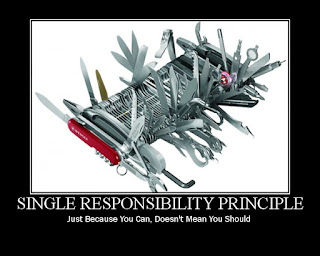Ready Player One (Comment)
After having read Ready Player One by Ernest Cline, I want to talk about the next two quotes: Morrow wrote in his autobiography that he’d left GSS because ... he felt that the OASIS had evolved into something horrible. “It had become a self-imposed prison for humanity,” he wrote. “A pleasant place for the world to hide from its problems while human civilization slowly collapses, primarily due to neglect.” (p. 120) and (Halliday speaking) “I created the OASIS because I never felt at home in the real world. I didn’t know how to connect with people there. I was afraid, for all of my life. Right up until I knew it was ending. That was when I realized, as terrifying and painful as reality can be, it’s also the only place where you can find true happiness. Because reality is real.” (p. 364) These quotes are so captivating and I agree with both of them. If we think about nowadays (October 30, 2017), our OASIS is each one of the places where people try to escape from reality, ...
